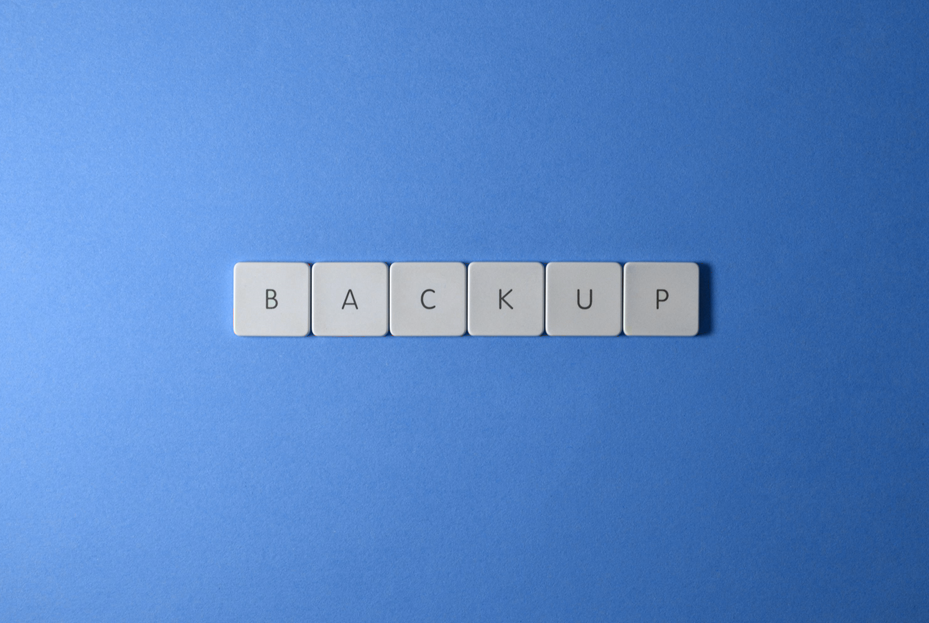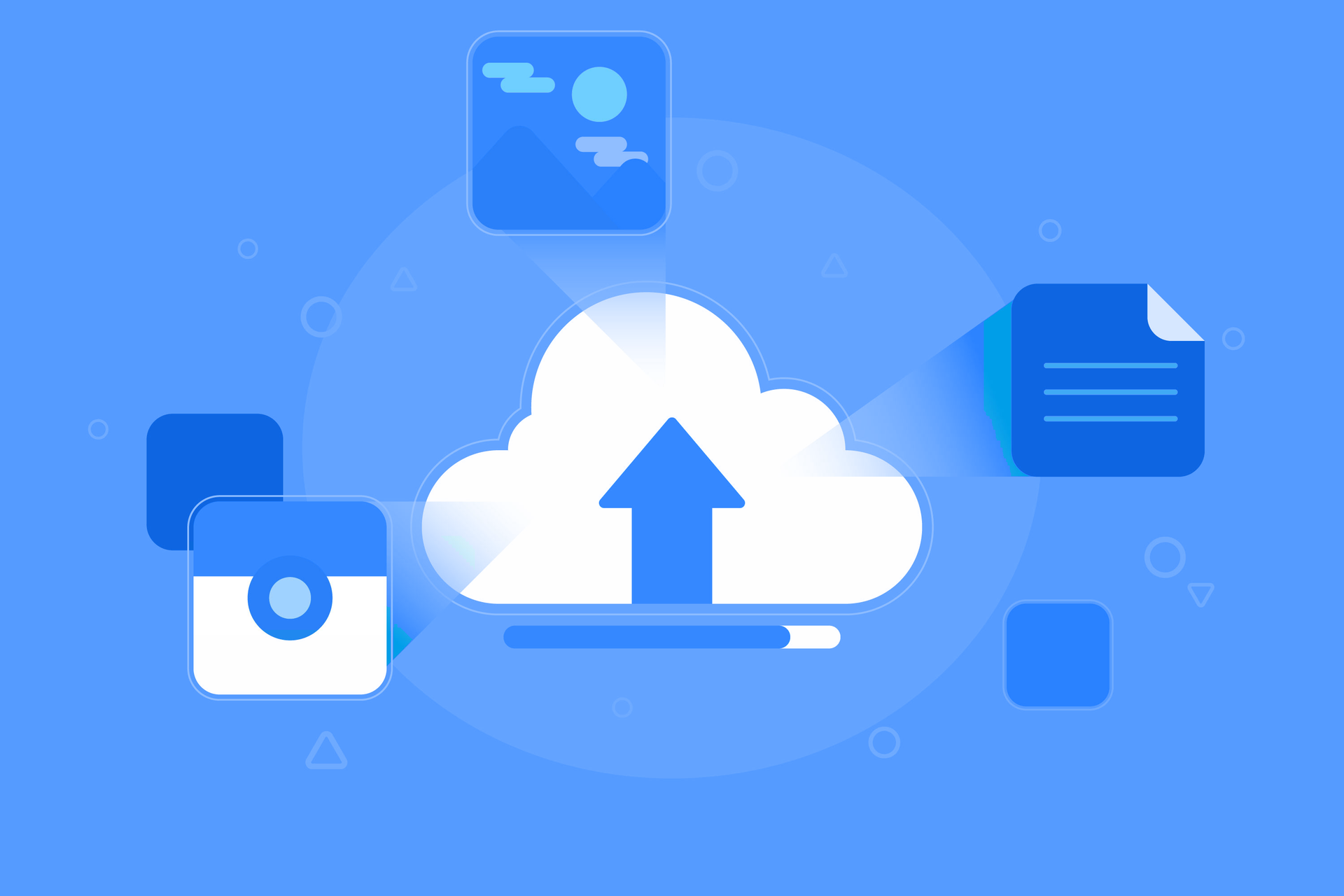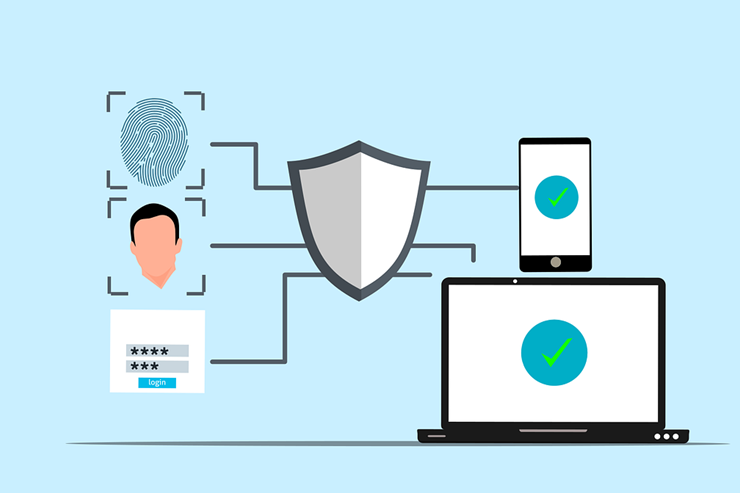Essential Backup and Recovery Solutions for Small Businesses [2025 Guide]

What would happen if tomorrow your company lost all its data? Would your operations come to a complete stop, or would you be able to recover? Data, including communications, financial records, product files, and customer information—is the lifeblood of any small business. However, data security is frequently neglected.
After a disaster, 25% of small businesses close within a year, and 40% never reopen, according to the Federal Emergency Management Agency (FEMA). That represents an incredible 65% failure rate because of inadequate preparation. The good news is here. An enterprise budget and a dedicated IT staff are not necessary for disaster data protection. You can create a backup and recovery plan that reduces downtime and provides you with peace of mind if you have the right approach, the appropriate tools, and a little forethought.
In this blog post, we will discuss practical and easy-to-follow advice to help you protect your most valuable business asset: your data.
How Important Are Regular Backups?
Let's be honest. If you don't have regular backups, your business is one unexpected event away from potential collapse, regardless of the threat—a hard drive failure, an employee error, or a flood that destroys your office.
It's not just about disasters, either. Data loss can be caused by everyday occurrences (such as someone inadvertently erasing a file or clicking on a malicious link). Cyberattacks against small businesses have been increasing steadily over the last ten years, according to
TechNewsWorld. Furthermore, sectors subject to regulatory compliance, such as healthcare, finance, or legal services, are prone to severe sanctions if they are unable to provide safe and trustworthy backups during an audit.
Simple Backup and Recovery Strategies
Not sure where to start with protecting your business data? Here are some simple, effective backup and recovery plans that every small business can use.
Know Your Storage Limits
It's easy to think your backups are working until you get that dreaded alert: "Backup Failed - Storage Full." Small businesses often outgrow their storage capacity without realizing it.
To avoid data disruptions:
- Audit your storage monthly to track how quickly you're using space.
- Enable alerts so you're notified before hitting limits.
- Clean up old, duplicate, or unused files regularly.
Pro tip:
Always leave 20-30% of your backup storage free. This buffer ensures there's room for emergency backups or unexpected file growth
Use a Cloud Service
Data protection for small businesses has been shifted by cloud storage. These services provide flexible, safe, and reasonably priced off-site storage that safeguards your data even if your physical office is compromised. Look for cloud services that offer:
Look for cloud services that offer:
- Automatic and scheduled backups
- End-to-end encryption
- Access across all devices
- Version history and recovery tools
Popular options include Google Workspace, Microsoft OneDrive, Dropbox Business, and more robust solutions such as Carbonite, Backblaze, or Acronis.
Cloud backups are your first line of defense against local disasters and cyber threats.
Automate Your Backup Schedule
Manual backups are unreliable. People forget. They get busy. They make mistakes. That's why automation is key.
Set your systems to back up:
- Daily for mission-critical data
- Weekly for large system files and applications
- Monthly for archives
Bonus tip:
Run backups after business hours to avoid interfering with employee productivity. Tools like Veeam, Acronis, and Windows Backup can automate schedules seamlessly.
Test Your Recovery Plan
A backup plan is only as good as its recovery. Many businesses don't test their backups until they're in crisis, and then discover their files are incomplete or corrupted.
Run quarterly disaster recovery drills. These help you:
- Measure how fast files can be restored
- Identify gaps in your backup process
- Ensure key team members know their roles
Two crucial metrics are recovery time objectives (RTO) and recovery point objectives (RPO). Your RPO is the maximum amount of data loss you can accept, and your RTO is the amount of time it takes to regain operations. During your test runs, define and measure both.
Keep a Local Backup for Fast Access
Although cloud storage is powerful, your speed advantage comes from local storage. During an outage, it may take a while to download large files from the cloud. NAS systems, USBs, and external hard drives can help with that.
Benefits of local backups include:
- Rapid recovery times
- Secondary layer of security
- Control over physical access
Secure your drives with encryption, store them in a locked cabinet or fireproof safe, and rotate them regularly to prevent failure.
Teach Your Team
Your employees can either be your biggest risk or your strongest defense. Most data breaches happen due to human error. That's why training is crucial.
Every employee should know:
- Where and how to save data
- How to recognize phishing and malware attempts
- Who to contact during a data emergency
Hold monthly or quarterly training sessions. Use mock phishing emails to test awareness. Keep an emergency checklist posted in shared areas.
Remember that empowered employees make smarter decisions and make data safer.
Maintain and Monitor Your Backups
Backup systems aren't "set it and forget it." Like any other technology, they need care and maintenance.
Establish a maintenance routine
- Review backup logs weekly
- Check for failed or missed backups
- Update your backup software
- Replace aging hardware on schedule
Designate a "data guardian", someone responsible for oversight and reporting. Regular maintenance avoids nasty surprises when you need your backups most.
Consider a Hybrid Backup Strategy
A hybrid backup approach, which combines local and cloud backups, has proved effective for many small businesses. This method offers performance optimization, redundancy, and flexibility.
Benefits of a hybrid backup strategy:
- Fast recovery from local sources
- Off-site protection for major disasters
- Load balancing between backup sources
For instance, you could automate daily backups to the cloud while also running weekly backups to an encrypted external drive. That way, you're covered from every angle.
Disaster Strikes, What Do You Do?
Disasters can still occur despite having the best backup plans. The true test occurs after the crisis hits, whether it's a ransomware attack, an office fire, or someone inadvertently erasing a whole folder of client files. Here's how to remain composed and take charge when your data is at stake:
Activate Your Recovery Plan
Here's where being prepared pays off. To restore your data, follow the recovery procedures you have written down. Begin the restoration process immediately if you have automated systems or cloud-based backups. To reduce downtime, always begin with the most important systems and data. You should have a clear recovery plan that will help you navigate the process with little confusion.
Keep Your Team In the Loop
Clear communication is essential during a disaster. Notify your team about the situation, especially key departments like customer service, IT, and operations. Assign tasks to staff members, so everyone knows what needs to be done. Regular updates and transparency reduce anxiety, keep morale up, and help ensure that recovery proceeds smoothly without added stress.
Document What Happened
Once everything is over, spend some time recording everything that happened. What was the root cause? How much time did it take to recover? Did anything go wrong? The secret to enhancing your disaster recovery plan is this post-mortem analysis. Your system's resilience can be increased by improving your procedures and preventing future occurrences of the same problems.
Test the Recovery Process
Having a recovery plan on paper is not enough; you also need to ensure that it works in reality. Test your recovery procedures frequently after an incident to make sure backups are operational and can be promptly restored. Before a real disaster occurs, you can find any weaknesses in your plan and fix them beforehand with the help of simulated drills or recurring tests.
The cost of losing data (calculated in lost revenue, reputational harm, and possible fines from the government) far outweighs the initial effort, therefore disaster-proofing your data is a wise investment. Set up local and cloud backups, automate and test your recovery procedures, train your employees, keep an eye on storage, and rotate hardware to protect your company. Your company will be ready to withstand any calamity, including cyberattacks, natural disasters, and even the occasional spilled coffee, if you have a strong backup and recovery plan in place. Act before a crisis arises.
Data catastrophes can happen at any time. Is your company safe? Obtain specialized backup solutions that guarantee immediate recovery, automated security, and zero downtime. Because the best backup isn't an option when a disaster strikes. It's essential.
Contact us now before it's too late!
Article used with permission from The Technology Press.










